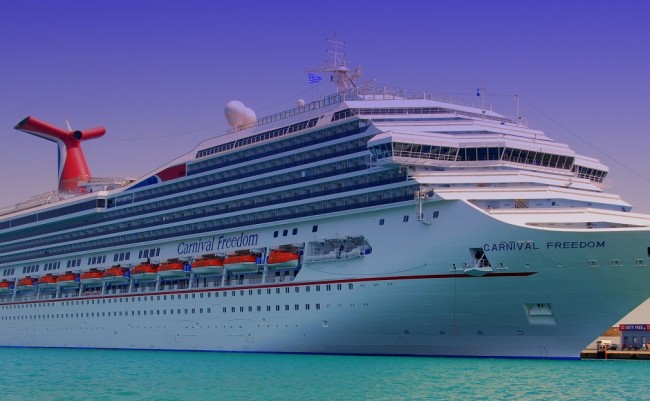
Carnival Corporation and Brand Portfolio Strategy
Carnival will be advertising on the 2015 Super Bowl. The move makes sense; Carnival Corporation is by far the world’s largest cruise company and wants to get people in the U.S. excited about taking a trip. This a good time for such a message; the economy is getting better and people have money to spend.
Carnival Corporation is a classic house of brands.
The company owns eight different brands: Carnival Cruise Lines, Holland America, Princess Cruises, Cunard, Seabourn, AIDA Cruises, P&O and Costa Cruises.* These are very different brands. Carnival is informal and inexpensive. Seabourn is luxurious.
This portfolio strategy makes sense. There are different types of cruise customers and with multiple brands Carnival Corporation can address each group. People looking for a cheap, fun cruise with lots of drinking and dancing want to vacation with other like-minded people, just as the elegant and refined set wants to travel with the same sort. Mixing the groups would lead to unhappiness all around.
Unfortunately, Carnival Corporation is now attempting to market all of its brands at the same time. The company’s Super Bowl ad will feature the full portfolio.
I see the logic behind the decision. A Super Bowl spot is expensive, so you want to spread the cost across multiple brands. And the basic message is broadly relevant; “Cruises are great!”
Bundling the brands won’t work very well.
Brands like Seabourn and Cunard won’t see much of a bump. If anything, the link to the Carnival brand might actually do some damage. The Carnival brand won’t benefit as much as it could, either, since the Super Bowl creative has to work for all the different brands.
While connecting its brands will provide little upside, it will definitely increase the risk profile for Carnival Corporation. When something bad happens to one brand, the impact might spill across the company. When the Costa Concordia ran aground in Italy in 2012, few people connected the incident to Cunard or Princess. All the brands are part of the same company but people didn’t know that. Linking the brands will increase the risk.
Bundling brands is appealing because it builds efficiency. Unfortunately, if not done well it ignores the fundamentals of branding and does more harm than good.
*Carnival Corporation considers P&O Australia and P&O UK to be two different brands. I’m not sure why; the operating companies may be distinct but it seems like the same brand name to me.
Reminds me of the Steinway & Sons case where we dealt with House of Brands strategy. If Carnival is rather weak in Awareness as opposed to other attributes such as Trial, Purchase or Re-Purchase, their move to air TVC might make sense. However, would all the brands under its portfolio share the same situation. Moreover, how each of those brands cut through the clutter should be a major issue given that all the brands need to share the airtime.
I wouldn’t advertise Seabourn at the Superbowl, if it’s target audience is highly rich customers. For the sake of clarity of the advertisement, I would focus on brand(s) under the house of brands that would be appealing to middle-class and upper middle class customers. And reason is simple: Majority of rich clientele organize their trips through agencies and the margin from this advertisement would be small, but if the message is more clear that “middle incomes come and enjoy our cruise.. it’s affordable and it’s for you!”, then there would be more ROI for the company.
agree agree agree. Although I’d be most concerned about message confusion from taking on too much in a :30 (either “on-deck beer pong looks awesome; but are those gray people going to harsh my mellow?” or “I’ve always wanted to cruise the Danube but not if it’s in the middle of a frat party”). Carnival has demonstrated in the past that a deft communications touch is not necessarily its strength.